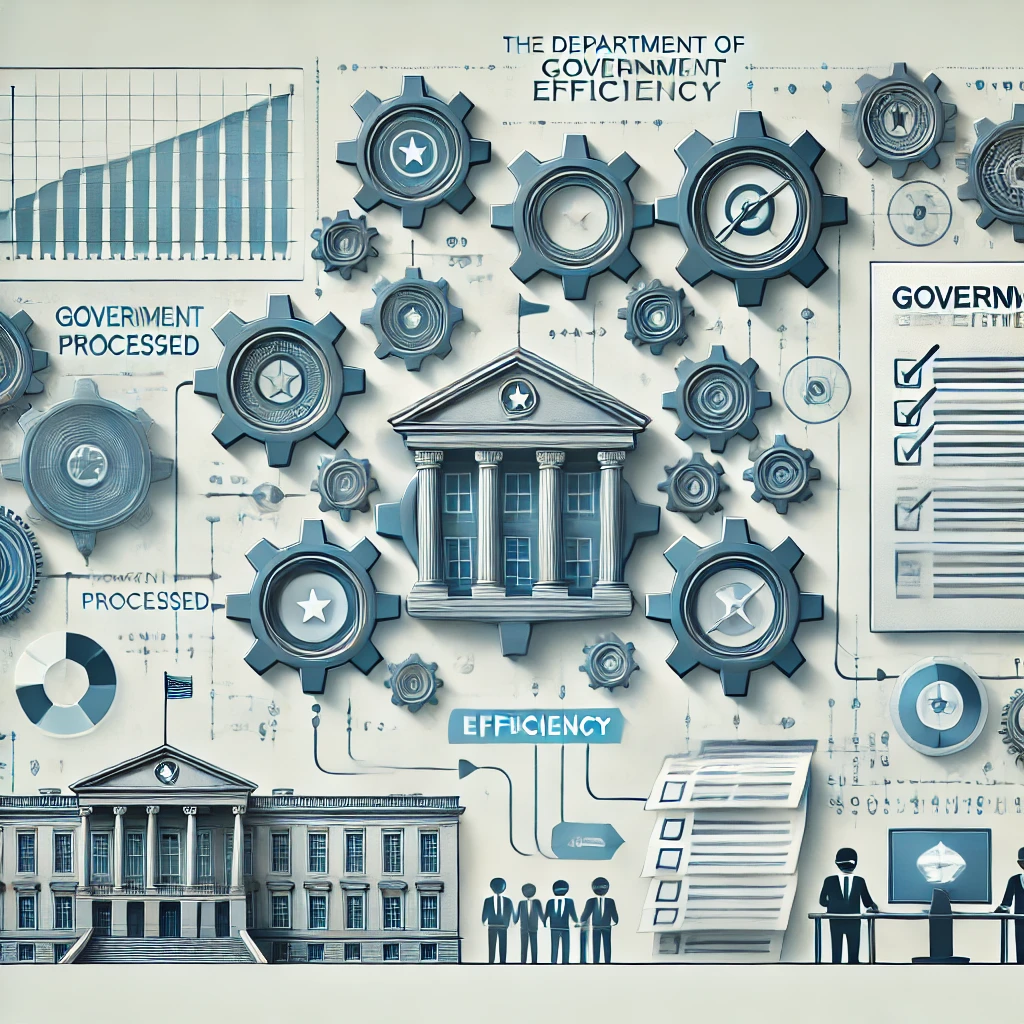Your cart is currently empty!

Elon Musk’s DOGE – Department of Government Efficiency and…
Social Security Access: Innovation or Bureaucratic Disruption?

In recent years, the intersection of government efficiency reforms and social security access has become a focal point in public administration debates. Central to this discussion is the Department of Government Efficiency (DOGE), a controversial initiative spearheaded by Elon Musk to streamline public services, including social security programs. The DOGE initiative aims to modernize outdated government systems using technology-driven solutions to improve efficiency, security, and access. However, critics warn that this ambitious program may risk undermining established processes designed to protect vulnerable populations.
The Origins of DOGE and its Vision for Efficiency
The DOGE initiative was conceived as part of a broader movement to enhance government functionality through technology integration and organizational restructuring. Under Musk’s leadership, DOGE has sought to implement cutting-edge digital infrastructure and data-driven solutions to manage public services more effectively.
In his paper titled “THE BLACK BOX PRESIDENCY”, A. Chin (2025) explores the influence of DOGE on key federal programs, including the Social Security Administration (SSA). Chin highlights how DOGE’s focus on automation, data analytics, and artificial intelligence aims to improve benefit processing times and reduce fraud. While these technological advancements have the potential to revolutionize government systems, the research warns of reduced human oversight, posing risks to those reliant on public benefits.
Technological Advancements: Efficiency at What Cost?
DOGE’s implementation leverages AI-driven decision-making, biometric identification systems, and blockchain integration to verify beneficiaries. While these tools promise faster transactions and improved security, concerns about privacy and data misuse remain.
In a detailed analysis titled “How Elon Musk is Using Tech to DOGE the Government”, M. Nazzaro (2025) investigates the potential risks of DOGE’s data-driven reforms. Nazzaro’s research emphasizes that marginalized communities may face unintended exclusion if digital tools fail to accommodate diverse socio-economic conditions.
Balancing Efficiency with Social Security Access
DOGE’s efforts to streamline services have sparked a policy debate over ensuring equitable access to social security benefits. In his analysis, J.L. Hall (2025) examines how DOGE’s introduction resulted in a power struggle between DOGE officials and senior USAID staff regarding access to secure systems.
The report, titled “Recalibrating Our Instruments: Preparing to Manage a Transformation in Public Policy”, reveals instances where social security beneficiaries faced delays due to poorly coordinated automation protocols. Critics argue that while automation boosts efficiency, human intervention is crucial in handling complex benefit cases.
Security Risks and Privacy Concerns
The integration of digital solutions, particularly biometric verification systems, has raised concerns about data security. Research by A. Kadir & K. Asrori (2025) identifies potential risks, such as data breaches and hacking attempts, that could jeopardize the personal information of social security beneficiaries.
In their study “LEGAL REVIEW OF THE CRIME OF HACKING CRYPTOCURRENCY BASED ON BLOCKCHAIN TECHNOLOGY”, the authors emphasize that while blockchain systems offer enhanced security, they remain susceptible to sophisticated cyber threats.
Public Perception and Trust
Public sentiment surrounding DOGE remains divided. Proponents argue that DOGE’s reforms offer a much-needed overhaul of bureaucratic inefficiencies, reducing excessive paperwork and improving service delivery. Critics warn that the rapid pace of technological adoption may inadvertently exclude those with limited digital literacy.
In her paper “Social Protection for the Poor and Poorest in Developing Countries”, A. Barrientos & D. Hulme (2023) explore how vulnerable groups may struggle to access DOGE-enabled services due to digital barriers. The research warns that replacing established, manual verification methods with digital-only solutions risks marginalizing underserved populations.
Potential Benefits: A Future of Efficiency?

Despite these concerns, proponents of DOGE highlight several promising outcomes:
- Faster Benefit Approvals: AI-driven automation has reduced social security claim backlogs.
- Fraud Prevention: Blockchain-based verification minimizes identity theft risks.
- Cost Reduction: Automated systems reduce operational costs, potentially freeing resources for enhanced services.
Conclusion: A Double-Edged Sword
The Department of Government Efficiency (DOGE) represents a significant step forward in modernizing social security systems. However, as research shows, there is a delicate balance between innovation and accessibility. While DOGE’s technology-driven reforms promise improved efficiency, the risks of data insecurity, reduced human oversight, and access barriers remain pressing concerns.
Moving forward, policymakers must carefully integrate technological advancements with existing social security frameworks to ensure equity and security for all beneficiaries.
Key References for Further Reading:
- Chin, A. (2025). THE BLACK BOX PRESIDENCY. Available at SSRN. PDF Link
- Nazzaro, M. (2025). How Elon Musk is Using Tech to DOGE the Government. CDN.MZT. PDF Link
- Hall, J.L. (2025). Recalibrating Our Instruments: Preparing to Manage a Transformation in Public Policy. Link
- Barrientos, A., & Hulme, D. (2023). Social Protection for the Poor and Poorest in Developing Countries. PDF Link